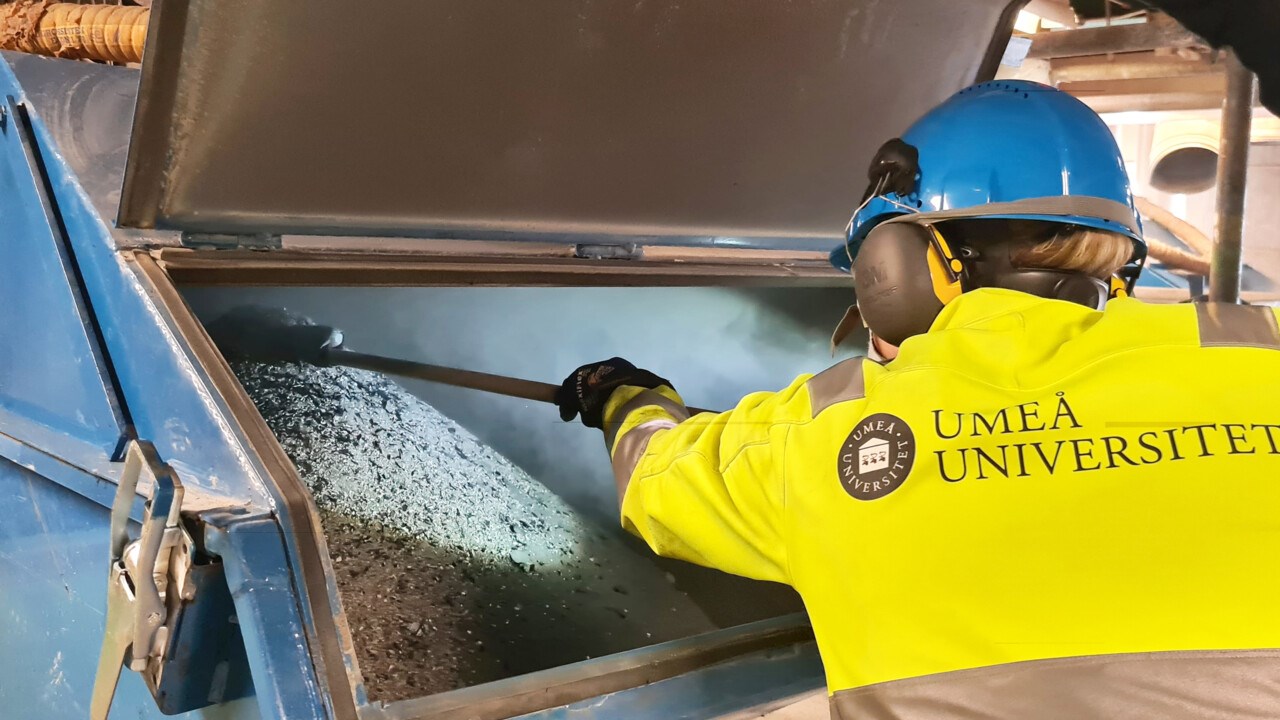About the scientific study
Sofie Björklund, Eva Weidemann, Stina Jansson. Emission of Per- and Polyfluoroalkyl Substances from a Waste-to-Energy Plant─Occurrence in Ashes, Treated Process Water, and First Observation in Flue Gas. Environmental Science & Technology, 2023, DOI: 10.1021/acs.est.2c08960




